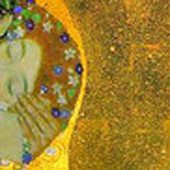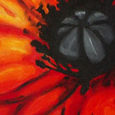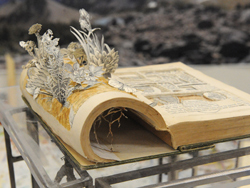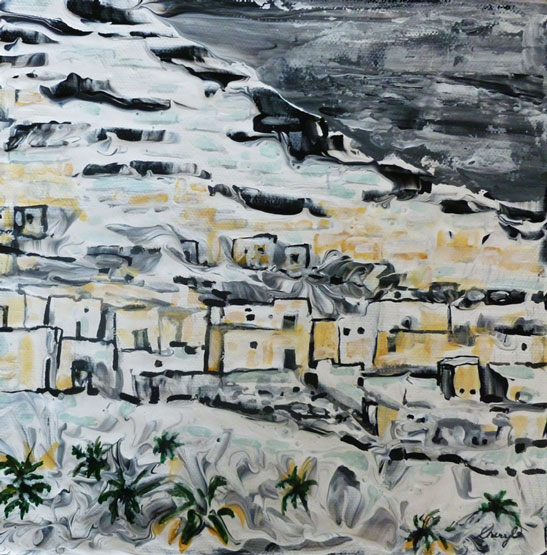I discovered this principle in Grade 9 while learning to play in the high school Junior Band. When you really love a piece of music, by the time you’ve practiced it enough times to play it really well, that initial passion can be growing a bit dim. In order to keep that spark glowing, I learned to concentrate hard on what I first loved about the music, in order to try to express that on the 500th rendition. The very same principle can be applied to painting. When you are first attracted to a subject or even an abstract idea, the excitement is high. Then comes the discipline of trying to express that with paint, and the truth is, sometimes that’s just hard work. So the suggestion is: pay attention to what got the spark of passion glowing in the first place. Hold that thought close as you work. The hope is that this glow will guide you through the creative process, and even catch fire in some viewer’s heart when they see your finished work. Shine on!



